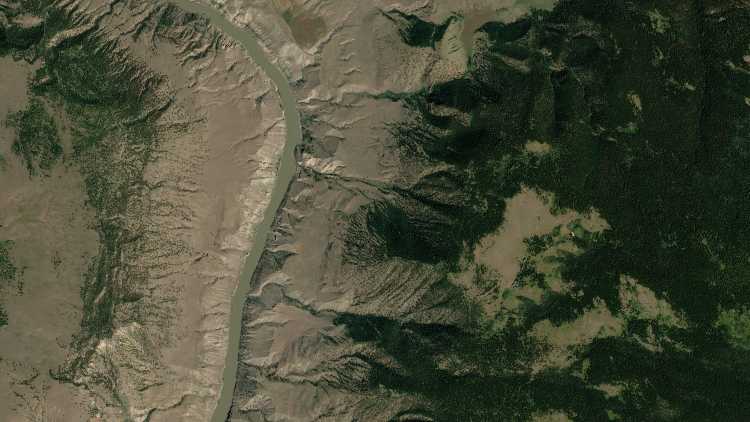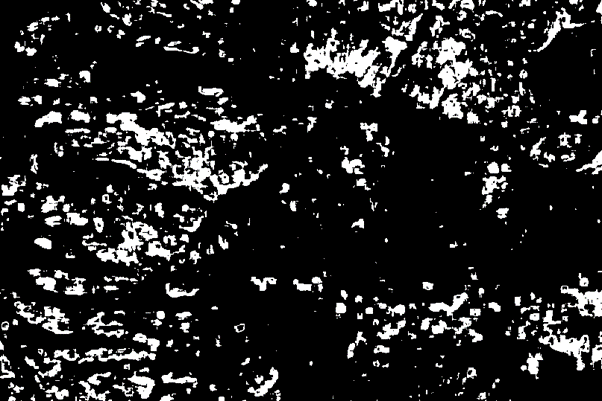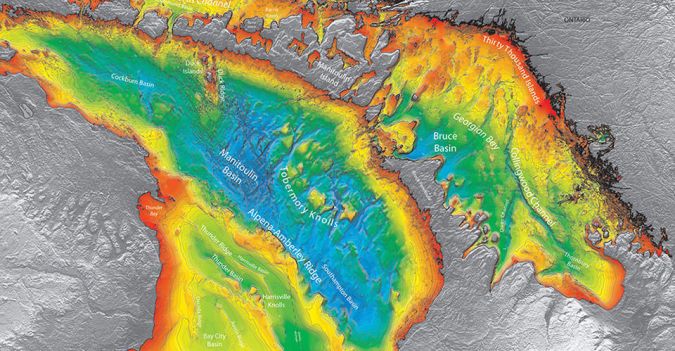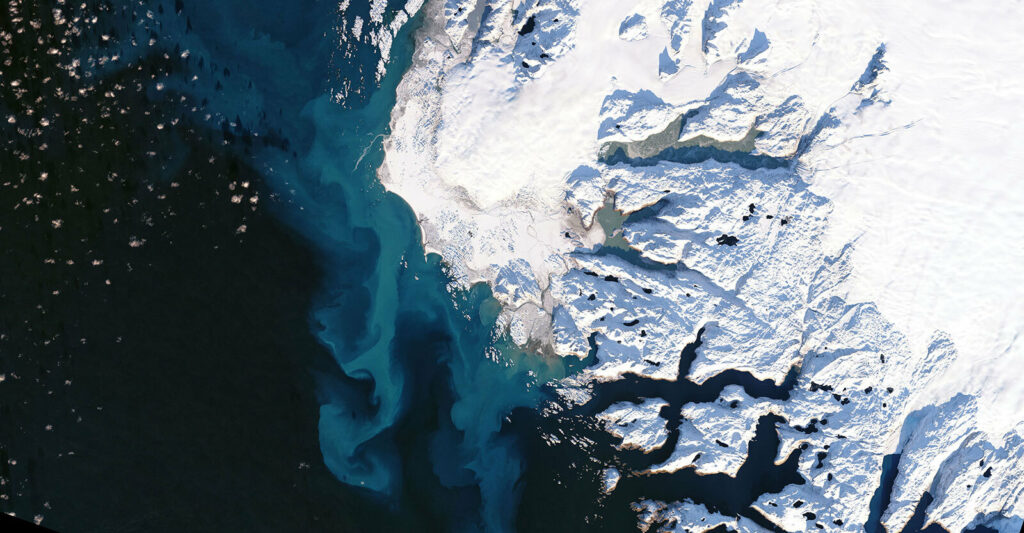
How satellite data is helping tackle deforestation from global supply chains
Editor’s note: This article was written as part of EO Hub – a journalistic collaboration between UP42 and Geoawesome. Created for policymakers, decision makers, geospatial experts and enthusiasts alike, EO Hub is a key resource for anyone trying to understand how Earth observation is transforming our world. Read more about EO Hub here.
Deforestation has reached cataclysmic levels. Both commodity production and illegal logging contributed to a stunning loss of 4.2 million hectares of primary rainforest across the tropics in 2020, twelve per cent higher than the year before. The World Resources Institute calls the destruction of this primary rainforest a “humanitarian disaster”.
Approximately 40% of the loss of primary rainforests is associated with commodity production, says the WRI.
In response to this problem, the Consumer Goods Forum — an organisation of 400 companies that create the demand for the products that have typically led to deforestation — committed back in 2010 to achieve net zero deforestation. But the “labyrinth of intermediaries between farms, mills and consumer products makes measuring deforestation in supply chains difficult,” the WRI wrote.
In 2014, WRI formed Global Forest Watch (GFW), which uses near-real-time geospatial data to help people better manage forests. Working with more than 60 partners, WRI soon developed and released GFW Pro, a free cloud-based app that lets commodity producers upload data related to their supply chains and so receive geospatial data relative to potential deforestation around those supply chains.
The platform is free and open to anyone, so law enforcement can also use it to help monitor illegal deforestation activities. About a third of GFW Pro users are law enforcement agencies.
GFW works primarily off of open satellite data from the following sources: Landsat (30m resolution), Sentinel (10m resolution) and a recent addition of data from Planet (3m resolution). Although it provides extensive coverage, the optical data of such resolution might not be enough to detect all deforestation issues. Part of the problem is the regular cloud cover in the tropics, where most palm oil and soy products are farmed.

Image courtesy of UP42
Airbus launches Starling initiative with radar sensing
To solve this challenge, in 2017, Airbus partnered with the non-profit The Forest Trust (TFT) and SarVision, a radar satellite imagery expert, to create the Starling service.
By combining radar imagery from satellites such as Sentinel 1 with 1.5m optical SPOT images, it was possible to obtain an accurate view of deforested areas despite cloud cover. Airbus piloted the program for six months with confectionary maker Ferrero and multinational food and drink conglomerate Nestlé before its commercial launch.
Starling provides near real-time forest and land cover information. Using this information, it furnishes detailed dashboards linked to a company’s supply chain that allows the company to take action in areas where deforestation is occurring.
Starling’s monitoring capabilities extend to stating which type of forest is under threat (e.g. palm oil, cocoa, mangrove, etc.) and the system sends alerts when an area changes its status from a forest to a non-forest area.
Google and Unilever partnership
More and more, corporations are turning to satellite data to detect deforestation because on-the-ground measurements are simply too difficult to achieve accurately and at scale.
In 2020, consumer goods multinational Unilever teamed up with Google to use Earth Engine computing power for satellite imagery analytics to gain insight into a series of environmentally related data sets.
According to a Google press release, Google and Unilever were going to use a combination of cloud computing, satellite imagery, and AI to build “a more holistic view of the forests, water cycles, and biodiversity that intersect Unilever’s supply chain—raising sustainable sourcing standards for suppliers and bringing Unilever closer to its goal of ending deforestation and regenerating nature.”
Google’s part in the partnership is to store and “make sense of large amounts of complex data” through its geospatial platform — Google Earth Engine, Google Cloud Storage, and BigQuery — combined with open source satellite imagery.
Smaller names with large impact
It isn’t only large companies that are tackling this problem. New startups and initiatives such as Satelligence and UP42 have popped up that empower smaller companies and even private citizens to tackle the global deforestation problem.
Satelligence
Satelligence also uses radar imagery coupled with optic images to get a “forest baseline” image in the tropics. It then uses this baseline image to overlay tree-cover loss data and determine areas of deforestation.
By combining Landsat, Sentinel-1, and Sentinel-2 data, using a Bayesian Iterative Updating method, the startup is able to automatically detect changes in forest areas in near real-time with over 95% accuracy.
The Bayesian Iterative Updating method was developed together with the University of Wageningen and uses Bayesian statistics to determine the probability of change.
Companies with large supply chains can sign up for their service to be alerted to potential deforestation areas (proactive) and also be reactively alerted when deforestation has occurred.
In 2020, a coalition of nine financial institutions representing $1.8 trillion in assets under management teamed up with Satelligence to tackle deforestation using satellite imagery.
UP42
Another startup providing solutions to deal with the problem of deforestation is UP42. The company offers an open marketplace to access high-resolution satellite data. UP42 then provides a deforestation algorithm to help you determine the level of deforestation in that AOI.
Through temporal analysis of satellite data, the deforestation algorithm provides two images — a bitmap image where white pixels show deforested areas and a deforestation heatmap image.

Image courtesy of UP42
Instructions on how to do this easily can be found on UP42’s deforestation algorithm case study page where they demonstrate the feature by checking for deforestation in Europe’s largest untouched woodland in Romania.
Conclusions
At current deforestation rates, all global rainforests will be gone within 100 years, reports The Guardian. Because so many of these rainforests are being destroyed where they cannot be monitored, satellite data is essential to tackling this urgent problem.
The rise of open data platforms, near-real-time data, sophisticated algorithms, and better satellites make this easier to achieve.
Did you like this article? Read more and subscribe to our monthly newsletter!







